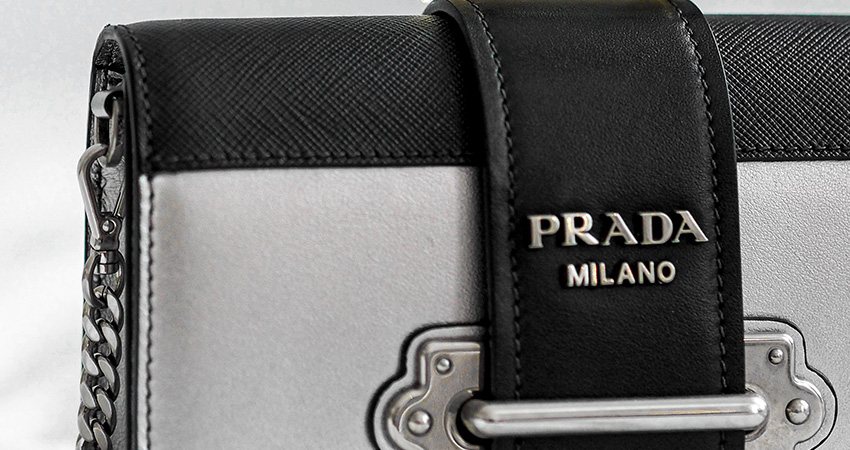Oscar Wilde proclaimed imitation to be the sincerest form of flattery. That may be true to some extent, but when it comes to your brand and the products you sell, flattery will get you nowhere. From chic fashion and perfumes to jewelry and fine art, product knockoffs are nothing new. Nor is trying to find and stop them—or at least minimize the impact on the original brand.
However, the recent fascination with “dupe culture,” especially on social media, now poses an even greater risk to brands. On TikTok alone, hashtags for counterfeits have garnered more than 100 million views and the tide continues to rise. With counterfeits becoming trendier by the day, fighting the fakes is more difficult than ever.
A More Damaging Twist on Product Imposters
Historically there have been two very different types of product imposters—traditional knockoffs and outright counterfeits. The emerging dupe culture, though, has its own surprising twist. For one thing, it is as out in the open as a knockoff, but as criminal and brand-damaging as shadowy counterfeit culture.
We’ve all seen knockoff products with slightly different names sold for far less, but that wouldn’t confuse savvy brand consumers. Most of them know what they’re buying, and the original brand is no worse for it.
Outright counterfeit culture, on the other hand, operates in the shadows and is all about deception and ripping off the buyer, while making a buck at the expense of the genuine article. Counterfeiters make near-perfect copies and pass them off as an original, and not always at a greatly reduced price, because then the buyer might suspect a fake.
With counterfeits, everyone gets hurt, especially when the deception is uncovered. The buyer is left holding merchandise—a Halston “original,” a perfect “diamond,” a flawless “Matisse,” or a not-so-vintage handbag—worth a mere fraction of what they paid. They become dubious of the brand’s authenticity, hurting potential future sales.
But the recent socially-driven dupe culture is a new phenomenon. It’s as shady and illegal as counterfeiting, but almost as open and in-your-face as cheap knockoffs. In the world of dupe culture, consumers can find letter-perfect copies of Gucci handbags, Yves St. Laurent fashions, even gourmet foods. The difference now: Buyers are openly and brazenly bragging about their finds.
Social Media Encourages, Amplifies Dupe Culture
With influencers, followers, and friends all instantly sharing, social is the medium in which dupe culture literally thrives, amplifying the problem and making it more difficult for original brands to combat. Knowing their audience usually doesn’t (or can’t) spring for higher-ticket items, influencers go out and find something that looks, smells, or tastes exactly like a popular brand-name item. Then they plaster “OMG I FOUND YOU THE BEST DESIGNER DUPE” and beautiful images of their finds to millions of followers on Facebook, Twitter, Instagram and TikTok. Within hours, a hot new “item of the day” is born—and it’s another counterfeit.
The counterfeiters are happy, since demand for their product rises. The buyers are happy, knowing they bought a fake and are bragging about it. The loser, of course, is the brand whose design and intellectual property have been stolen.
Sadly, this creates a vicious cycle of who can find the best designer dupes for their audience. These influencers believe they’re doing their followers a favor, helping them be more fashionable or chic on a budget. In reality, they are promoting a behavior that is unhealthy and illegal. Worse, it creates a culture of dishonesty, dis-ingenuity and disrespect for brands that work hard to design and construct quality originals.
The cultural damage runs even deeper than that, as dupe culture legitimizes these activities. It not only encourages consumers to participate in the gray market, but it draws other criminal elements to join the party. Selling fakes is more culturally accepted than other criminal activities and has lower penalties if you’re caught.
Working Toward Brand Survival, Battling Dupe Culture
Despite the spread of dupe culture and its proliferation in social media, there are steps brands can take to protect themselves from this phenomenon:
- Become more deeply aware of your customers’ desire for inclusion by analyzing all available data.
- Use marketing campaigns to stress the values of integrity and authenticity and importance of supporting the artists and original creators.
- Consider enhancing loyalty programs to reward those who stick with your brand.
- Use technology to help identify and “out” impostors. For example, social media monitoring tools can pick up on influencers touting finds that violate your brand. AI-powered services can scan the web with smart image recognition to locate fakes being offered online.
You may not be able to immediately squash the new dupe culture, but you can at least clean up your corner, working to protect your brand from the damage it causes.
Bruno Klumpp is Platforms and Policy Operations Manager for Red Points

